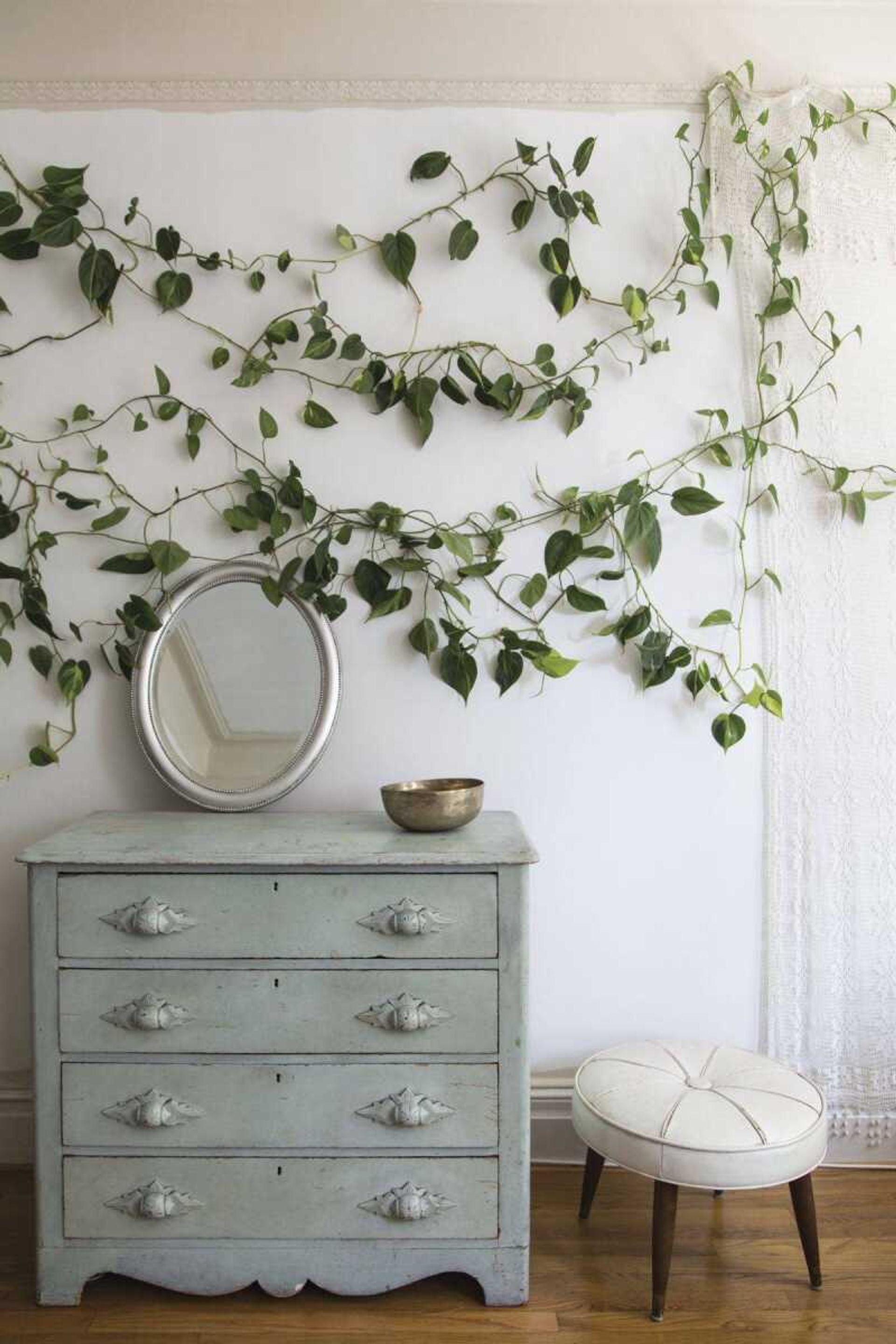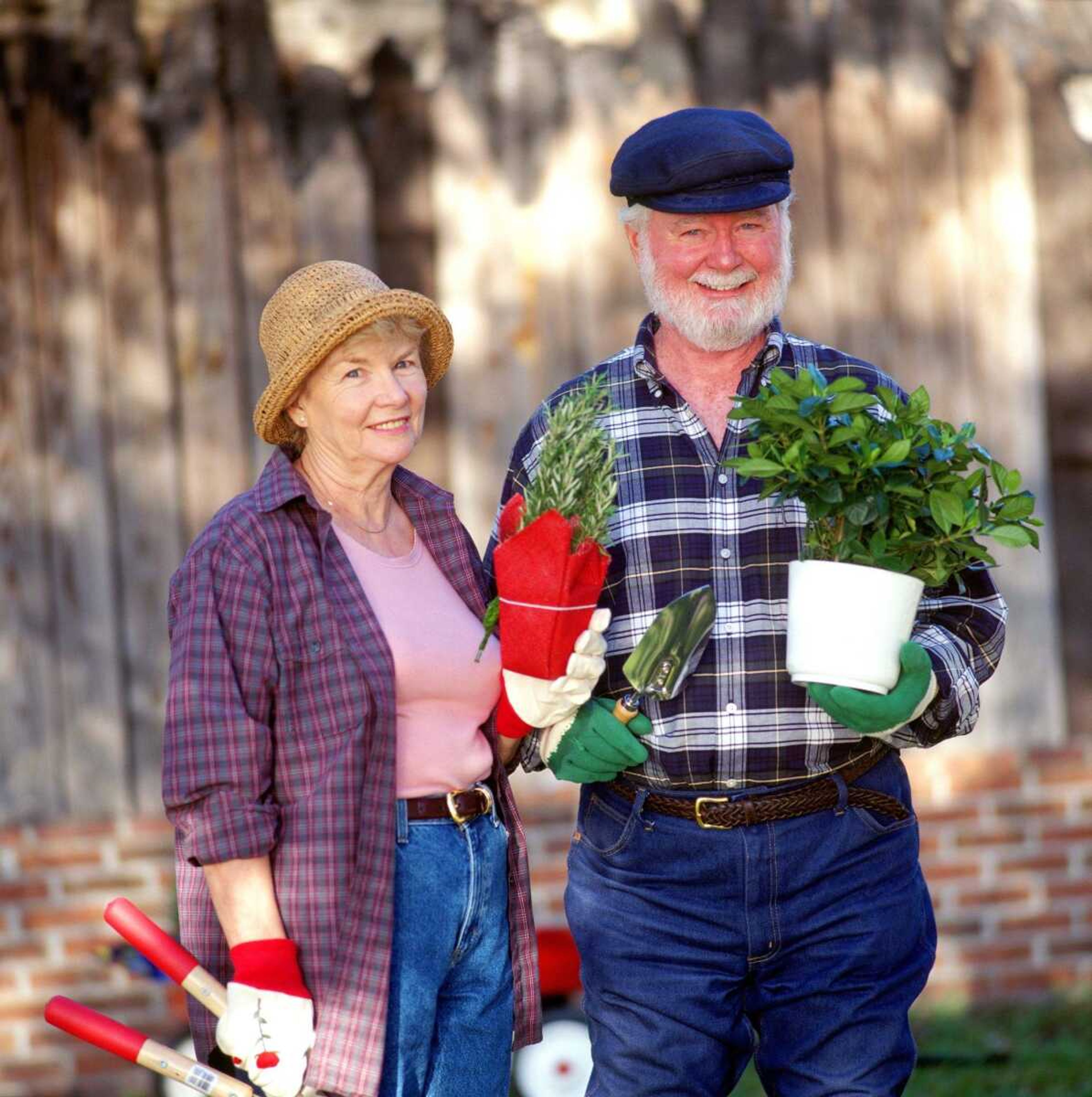Bring the outside in: Creative decorating with houseplants, from floor to ceiling
In homes where space and time are precious, the future of the humble houseplant may depend on whether it can earn its keep. Houseplants that endure tend to be either undemanding succulents, edible herbs or plants that add enough to a room's ambience that they're worth some extra effort. And a huge variety of plants are easy and worth the effort, say longtime plant lovers Tara Heibel and Tassy de Give...
In homes where space and time are precious, the future of the humble houseplant may depend on whether it can earn its keep.
Houseplants that endure tend to be either undemanding succulents, edible herbs or plants that add enough to a room's ambience that they're worth some extra effort. And a huge variety of plants are easy and worth the effort, say longtime plant lovers Tara Heibel and Tassy de Give.
Their new book, "Rooted in Design," demonstrates that houseplants can be a beautiful and creative element in a home's decor.
Houseplants connect the city dweller to the natural world and remind us of that symbiotic relationship, write Heibel and de Give, founders of Sprout Home, an indoor landscaping store in Chicago and Brooklyn, New York.
"A room filled with plants can be calming and inspirational as well as incredibly personal and expressive. Even aloe, a common household plant, can exude complexity and style when displayed creatively," they write.

Dividing the home into sectors -- wall, ledge, floor, air, table, kitchen and terrariums (including some for aquatic plants) -- the authors suggest ways to present and care for a variety of indoor greenery.
"It's easy to get pigeonholed into certain ideas about plants -- that they always have to be in a certain kind of container or always be on a shelf or on the floor -- and you have to help people break out of that. Many people now have a really small living environment and think they don't have room for plants, but hanging plants on a wall doesn't take up any space at all, and it adds a lot to the decor," Heibel says.
Houseplants can be practical, too, serving as walls or screens or providing soothing aromas. Well-chosen plants can be considered an alternative to cut flowers, or viewed as tiny works of art.
Trays of miniature succulents in various shapes, colors and textures "can be irresistibly small and sweet and inexpensive, like candy," Heibel says.
Unlike many other glossy design books, this one shows images of what look like actual, lived-in homes -- several photos include cats -- with some startling yet down-to-earth upcycling suggestions for plant containers, including Mason jars, decorative cookie tins and even glass electric-meter boxes and unused table lamps (with a cascading plant where a lamp shade might have been).
Old picture frames become stunning displays of maintenance-free dried moss (step-by-step instructions with full-color images included), and pieces of driftwood are dramatic mounts for ferns. Helped along by a few small nails or hooks, philodendron and bougainvillea can be trained to grow across an indoor wall, dramatically spanning anywhere from 5 to 25 feet.
Macrame plant hangers and terrariums, features from a generation ago, are back, but with a more contemporary feel.
"Our macrame is cleaner, more streamlined and more contemporary-looking," says Heibel. "And the terrariums have much more use of graphic material and color and texture and shape."
The book's final section, The Roots, gives a plant-by-plant glossary of possibilities, with troubleshooting suggestions.
"The most frequent question we're asked is to recommend a plant that's hard to kill," Heibel said. "That definition differs from person to person. Maybe one person goes out of town for a month and another waters too much. People often don't really think about care and maintenance before putting a grand indoor landscaping plan together. We want to make sure that what you're planting lives."
Two common misperceptions about houseplants, the authors say, is that they all require roughly the same care (they don't) and that they'll always look like they do when first purchased.
"You might look at a young fern in a shop and think it's perfect, but you need to know that ferns grow and you'll need to do some pruning," Heibel says. "And people buy a succulent that's cute and small, but then it grows a really long stalk or does other funny things. That's actually part of the beauty of it, but it sometimes comes as a surprise."
Connect with the Southeast Missourian Newsroom:
For corrections to this story or other insights for the editor, click here. To submit a letter to the editor, click here. To learn about the Southeast Missourian’s AI Policy, click here.










